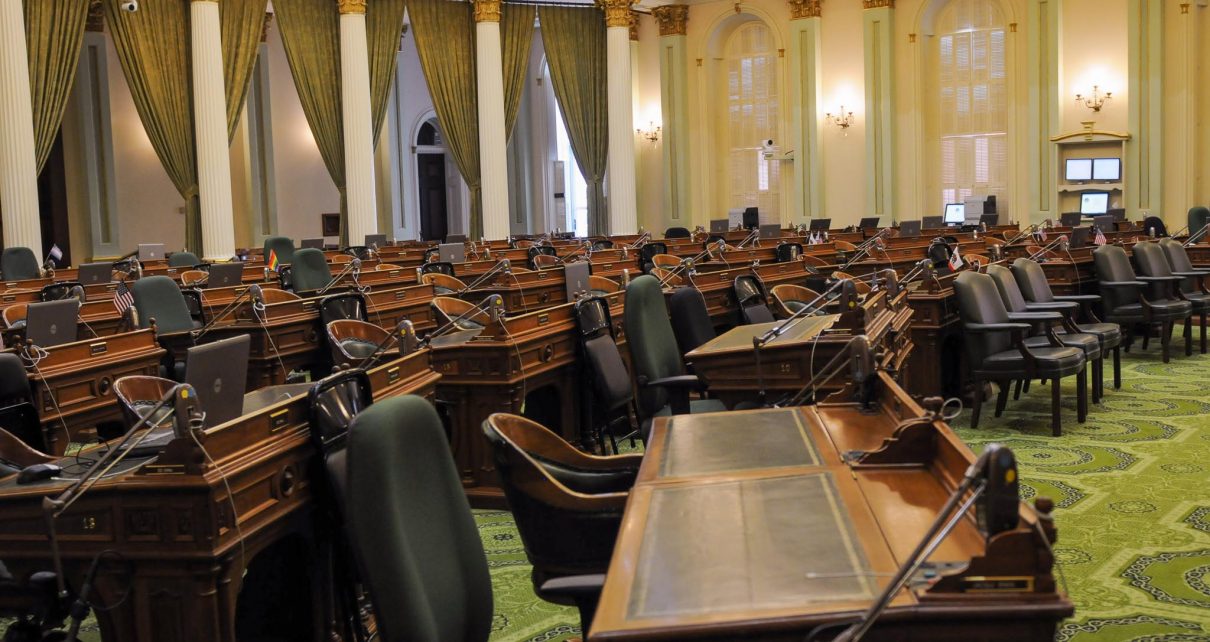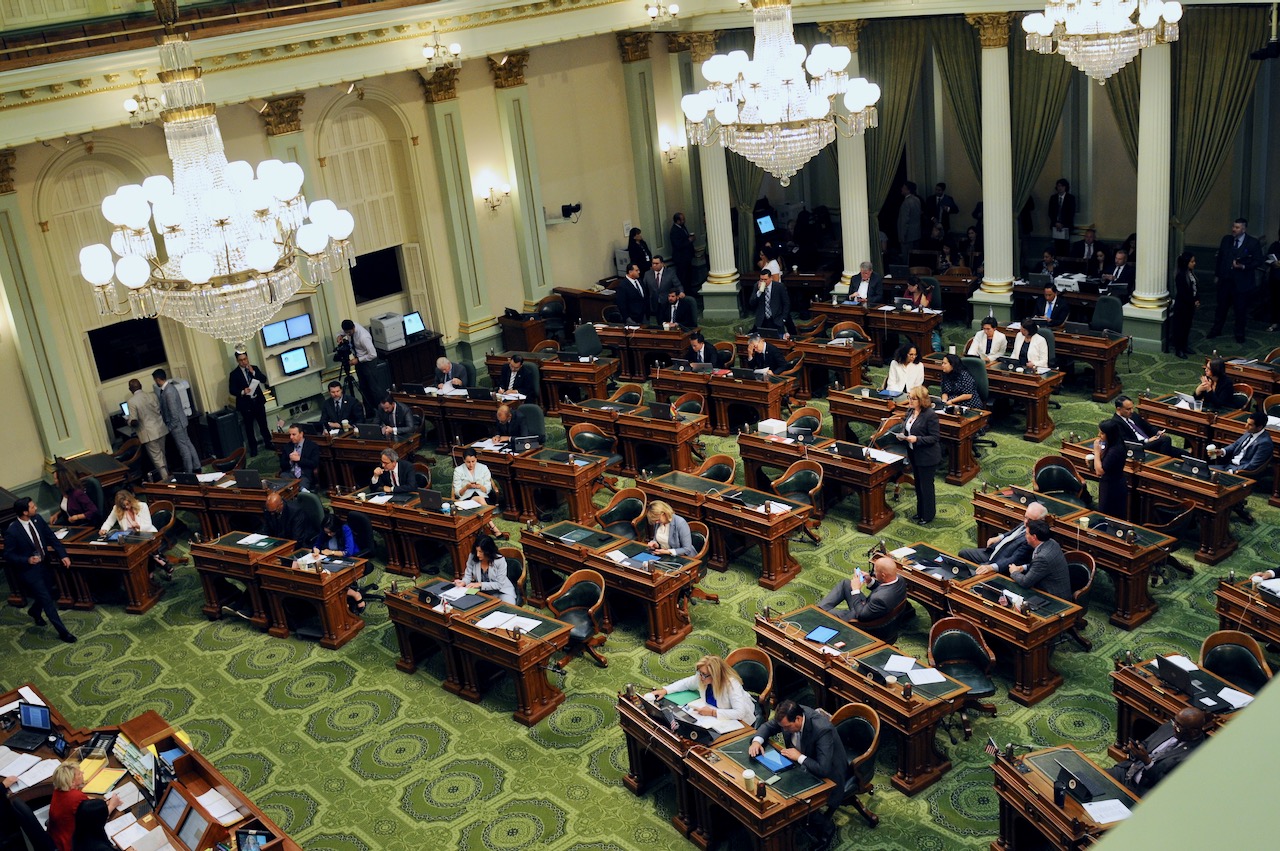
California State Assembly. (Photo: Kevin Sanders for California Globe)
How Do We Prepare to Amend or Repeal Statutes?
The drafter needs to work through all of the relevant sections of law that will be amended
By Chris Micheli, December 6, 2020 2:31 am
Like other forms of drafting legislation, in preparing to amend or repeal existing statutes, there are several steps for the bill drafter to take. In this regard, helpful guidance is provided by the Graduate Degree in Legislative Drafting from Athabasca University in Canada.
The first step is to research the topic and existing statutes. For example, the drafter should review existing legislation that covers the matter(s) that will be dealt with by the proposed amendment or repeal. All affected statutes need to be clearly identified.
After reviewing the existing statutes, the drafter needs to decide whether the existing law should be retained, changed, or removed in part or in whole. This is generally determined by understanding whether the proposed amendment or repeal will be consistent with the existing statutory scheme, or if existing laws need to be changed in order to be consistent with the new legislation. Of course, if existing law in incompatible, then it will no longer be retained.
When amending, the drafter “needs a complete picture of the new legislative scheme in order to work out how to change the existing legislation to produce the desired results.” Thereafter, the drafter needs to understand how to implement the proposed changes in the context of the existing statutory scheme. Once amended, the statutory scheme must be consistent and coherent.
The second step for the bill drafter is to plan. For example, when proposing a repeal, the drafter needs to determine which existing laws are not going to be retained. Some provisions may be retained, but they need to be re-enacted due to substantial amendments being proposed. Other provisions may be carried over in the new statutory scheme. When proposing amendments, the drafter needs to determine which sections of law need to be amended and how they need to be amended.
When proposing amendments, the drafter needs to work through all of the relevant sections of law that will be amended, as well as other provisions that may be impacted by the amended statutes. He or she must identify which provisions needs to be changed to give full effect to the proposal. In some instances, because the amendments are substantial, the bill drafter may decide to not amend the existing statutes, but instead propose to amend and replace the existing law.
When working through the provisions of law that need to be altered, the bill drafter must consider whether any “transitional or saving” provisions are required. What are these? Transitional or savings provisions are used to preserve necessary provisions of existing law and any pre-existing rights.
Savings provisions are usually used when dealing with a repeal. Transitional provisions can be used with both repeals and amendments. They essentially put in place temporary rules. The savings or transitional rules can part of the statutory scheme, but can also be stand-alone, separate provisions of the bill that enacts the amending or repealing provisions.
The third step is to draft. In drafting repeal provisions, the bill drafter should use express provisions and clearly identify the provisions of existing law that are being repealed. This means that precise language should be used such as a direct statement. For example, the bill could simply state: Section 1234 of the Civil is repealed. Other suggested guidance from Athabasca University includes: Use separate sections for repeals and do them in order when repealing multiple code sections.
In drafting amendments, the bill drafter has to consider a number of approaches, including when new provisions of law will be added and whether there will be partial replacements of provisions. Here, too, the drafter should make amendments by express provisions, use consistent language throughout, draft in the present tense, and avoid unnecessary or overly legalistic words.
- Bonds and Undertakings in California - December 21, 2025
- Pleadings in Eminent Domain Cases - December 20, 2025
- Complaint Resolution in Child Support - December 20, 2025




